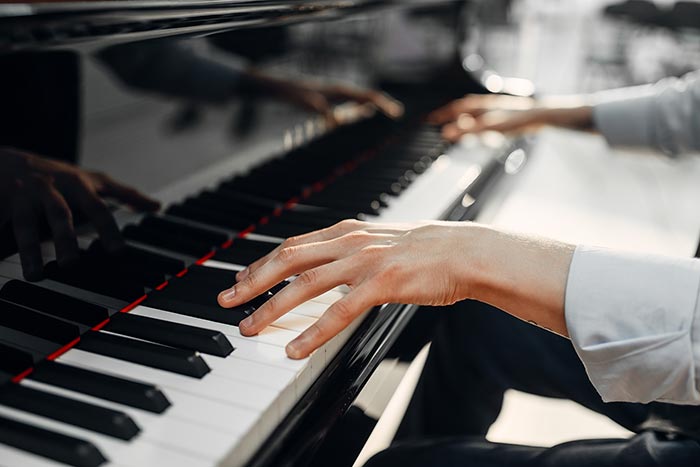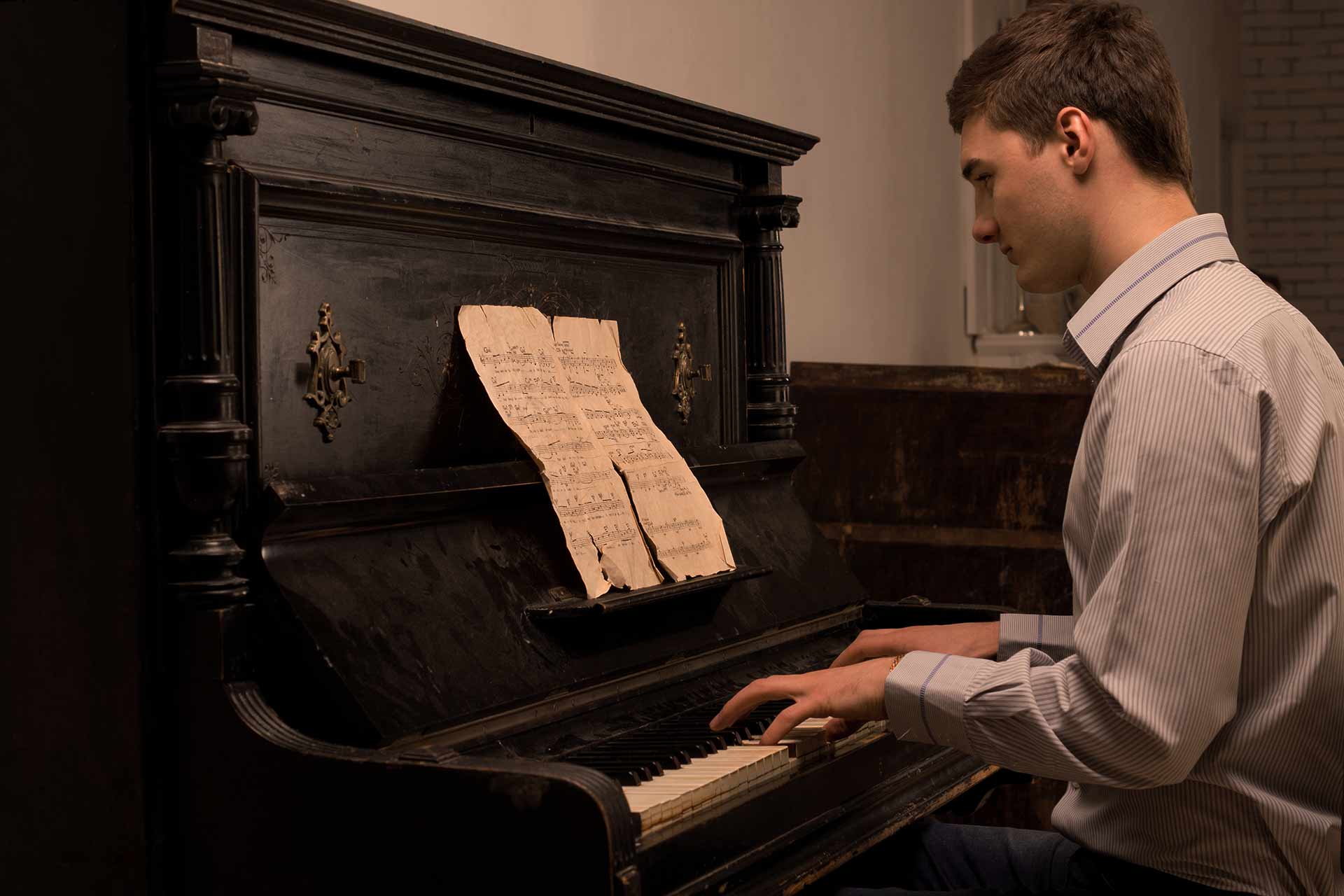Like so many pianists who play for their own pleasure, you might think that your sight-reading is appalling and that you are terrible at it. To be honest, you don’t even want to speak about it!!!
I have a SIGNIFICANT REVELATION for you: sight-reading is not more complex or mysterious than anything else. You simply need to know and learn how to proceed to become “proficient in the art of sight-reading”.
Here are the 10 Secrets of Sight Reading
1. Firstly, have a look at the general idea of the score. You can quickly get a grasp of the difficulties that may occur while playing the piece and of the general layout of the piece. Then, look at the tempo, time signature, key, change of time signature/tempo. Basically mention everything that looks peculiar to you. Once this is done, sing the beginning of the piece and/or the main melody to feel its style. The notation will also give you a fair idea of the general character of the piece.
2. Always plan to play slightly slower than the standard speed you think you may be able to play the piece, as you obviously do not want to take any risk and turn it into a shambles. Especially check the fastest rhythm and/or part of the piece to decide if you will be able to play it at the speed you have chosen to start it with. (There’s no point to play the composition at a speed that is too fast for you – especially when you practice your sight-reading)
3. You are now ready to play.
4. Behave as you know this piece extremely well already and think as you have already played it many times. It will give you a lot of confidence.
5. Always read well in advance in order to be prepared and never look back. You have played these notes, so there is no need to look back to check what you have done. It would only disturb what you are currently playing and especially what you are going to play next.
6. Always count (in your head) in order to keep things going.
7. Remember that you should NEVER stop playing. If it gets messy, it doesn’t matter, continue, look further and focus on the future notes you will have to play. Counting will help you to keep it together.
8. If you cannot control what you are playing, don’t play all the notes, just keep things going by playing only the bass, for example, or the first note of each beat. Do this until the score gets easier again.
9. Do exactly the same if a few difficult bars have been mentioned before the start. When you get to play them, don’t play them, but only a few critical notes of the harmony that are going to keep the flow.
10. And of course, always be musical and focus on the interpretation of the piece, rather than on the notes.
“Obtaining a perfect knowledge of the vocabulary used in music is essential if you do not always want to struggle with your piano playing. Reading music is an ESSENTIAL and SERIOUS tool that will help you progress to the next level of your piano playing.”





